Ayurvedic Therapies 101: Erase Stress, Toxins & Fatigue
| Authored by: Tayyaba |
| Reviewed by: Kapil Dhameja |
| Estimated Reading Time: 6 minutes |
There's a famous quote, “We are a sad generation with happy faces.” How perfectly it conveys our reality— exhausted by modern lifestyle, stress, digitalism, and lack of much-needed TLC, we run busy in our lives with formal smiles and surface joy. And to make it worse, our body suffers from ill conditions time and time again due to lack of holistic care. We all want to heal. We all want to relax. What should we do? Where should we go?
Here, we are to unravel amazing solutions rooted in the ancient Indian wisdom that we call Ayurveda. Among its most admirable treasures are its massage therapies that are beyond being luxuries. These are precise medicinal treatments designed for rejuvenation and detoxification of our body. “Because we cannot scrub our inner body, we need to learn a few skills to help cleanse our tissue, organs, and mind. This is the art of Ayurveda,” says Sebastian Pole, a trained Ayurvedic practitioner and herbalist.
Today’s blog is an ultimate tour of Ayurvedic therapies, where we will explore its philosophical roots and its diverse types, from the deeply relaxing massages to specific treatment massages. Have your coffee, and let's get started.
|
Table of Contents: |
The Philosophy of Ayurveda

First of all, what is Ayurveda? It is the renowned Indian medicinal system, or “science of life” (more than 5000 years old), known for its holistic approach that considers our mind, body, and soul. It is a widely spread and trusted form of science practiced by hundreds of people with significant results and benefits.
To understand Ayurvedic massages, now let's understand its philosophy and the core principles upon which its massage therapies are established.
Doshas
In Ayurveda, it is believed that everything in the universe, including human beings, is made up of five elements— ether, air, fire, water, and earth. The unique combination of these elements leads to differences in each creation.
Doshas are nothing but the fundamental energies made by the combination of these elements present in our body that determine our physiological, mental, and emotional traits.
They are of three types—
-
Vata (air and space)
-
Pitta (fire and water)
-
Kapha (water and earth)
Though there is no scientific proof for the existence of doshas, Ayurvedic practitioners have been treating patients based on them for many years with effective results; therefore, anecdotal evidence exists. According to Ayurveda, health is maintained by the balance of doshas, while imbalances lead to diseases.
Ama
Ama, in simpler words, is the toxic and sticky metabolic waste other than our natural waste caused by improper digestion. It accumulates in our body and starts to enter the deeper tissues through the body’s channels (srotas), mixing with them and disturbing their functions. The combination of Ama and disturbed dosha is another primary cause of disease.
-
Ama + Kapha → Congestion, sinusitis, and weight gain.
-
Ama + Pitta → Inflammation, acid reflux, and skin rashes.
-
Ama + Vata → Gas, pain, constipation, and anxiety.
|
Important Note: Ayurveda is based on the ancient Sanskrit manuscripts known as the Charaka Samhita and Sushruta Samhita. The latter is about medicine and is significant historically since it includes chapters that describe surgical training, tools, and methods. The former is an Ayurvedic treatise that includes theories of physiology, diagnosis, anatomy, and tridosha (three doshas) credited to Charaka. |
Abhyanga
Abhyanga is an extensive term that encompasses any kind of Ayurvedic massage. For example, full-body massage (Abhyangam/Abhyanga), head massage (Shiro abhyanga), foot massage (pad abhyanga), etc.
Due to poor lifestyle, diet, stress, or environmental factors, Vata dosha imbalances and aggravates, leading to dryness, roughness, insomnia, and anxiety. Abhyanga is an excellent solution for this problem.
If you are looking for a therapy for healing and alleviation of pain, then also, Abhyanga stands out as an amazing option. It is performed by using oils, ghee, herbal pastes, or powders, which involves a precise sequence of strokes that are lengthy and sweeping movements.
Charaka Samhita emphasizes its importance, “For one who practices oil massage daily, it pacifies all the doshas. It relieves fatigue and exertion caused by them. It bestows good vision, nourishes the body, promotes longevity, and provides strength to the skin.”
|
Quote Box “Ayurvedic massage therapies work on multiple physiological levels: they enhance peripheral circulation, facilitate the removal of metabolic waste products via the lymphatic and venous systems, and stimulate the release of endorphins and other neurochemicals that modulate pain and promote a sense of well-being. This aligns with the Ayurvedic view of moving stagnation and clearing srotas (micro-channels)." —Dr. Scott Gerson, M.D., Ph.D. in Ayurveda |
The upcoming sections unfold the different categories of Ayurvedic massages aimed at achieving different purposes.
Looking for Deep Rejuvenation? Here are the Relaxation Massages.
In this section, we are going to talk about the most well-known category of Ayurvedic massage therapy. The aim of these kinds of oil massages is relaxation and rejuvenation.
What can they provide?
-
Calmness in the nervous system
-
Lubrication of the joints
-
Relaxation of the mind
Below are some of the most famous Ayurvedic oil massages that can help you relax and recharge.
Abhyangam— The Full-Body Massage

The Sushruta Samhita, one of the foundational texts of Ayurveda, talks about Abhyangam in Chapter 24, verse 40-41:
“Abhyangam makes the body firm, smooth, and strong. It promotes longevity, sharpens the senses, improves memory, and enhances the complexion and eyesight by nourishing all the sense organs.”
Abhyangam is a full-body massage in which oil penetrates deep into the tissues and removes toxins. In this massage, warm oil is applied in a synchronized manner in large quantities selected in accordance with the specific dosha type. The strokes are rhythmic and long, moving toward the heart to support lymphatic drainage and circulation.
Selection of oil: The oil is selected based on one’s Prakriti (innate constitution) and Vikriti (current imbalance). For example, warming sesame oil will work for Vata.
Shiro Dhara—The Stream of Relaxation
The name comes from “shiro,” meaning “head,” and “dhara,” meaning “a continuous stream.” Shiro Dhara is the ultimate therapy for Vata disorders like insomnia, anxiety, and mental fatigue and Pitta disorders like migraines and burnouts. It includes a steady and warm stream of herbalized oil, milk, or buttermilk poured in rhythm over the forehead for 30 to 60 minutes.
A classical text known as Ashtanga Hrdayam says, "[Shirodhara] is beneficial for diseases of the head, and bestows good sleep, happiness and nourishment. It is the best treatment for preventing greying of hair, baldness and headaches.” (Sutrasthana, 22:24-25)
Shiroabhyangam—The Head Massage
A milder version or alternative to Shiro Dhara is Shiroabhyangam— a dedicated head, neck, and shoulder massage. It uses Marma points (precise points) to apply oil to the scalp with firm and kneading motions. This oil massage therapy is effective in stimulating blood circulation in the brain, nourishing the hair roots, and thus relieving tension headaches, sinus congestion, and mental strain.
Pizichil: The Ultimate Therapy
Pizichil ayurvedic therapy is an ultimate rejuvenation massage in which warm medicated oil is continuously poured over the entire body from a cloth pouch while four therapists simultaneously perform synchronized and gentle massage. The body in this massage is being bathed in healing oil for more than an hour daily for a period of 7 to 21 days.
|
Classicals “And (the application of) abundant oils to the entire body is always beneficial.” —Ashtanga Hrdayam, Sutrasthana, 21:36 |
Kizhi Therapy

Kizhi means poultice in Malayalam. In Kizhi therapy, poultices of herbal ingredients warmed in herbal oil are massaged over the affected area or wherever required. This therapy is an Ayurvedic massage customized according to your specific type of pain for which relief is sought.
Udvartana
Udvartana is an Ayurvedic massage therapy that applies strong, upward strokes to hair follicles using fine herbal pastes or powders rather than oils. Enhancing circulation, speeding up fat metabolism, cleansing the body, and whitening the skin are the objectives of this treatment.
People suffering with obesity, slow metabolism, and water retention can greatly benefit from this therapy. There are two primary types of it:
-
Dry (Ruksha) for Kapha-dominant people
-
Oily (Snigdha) for people with dry/sensitive skin.
Treatment Therapies in Ayurveda
Apart from relaxation massages, Ayurveda also delivers a wide range of treatment therapies for specific problems. They help in
-
Balance of doshas
-
Treatment of chronic ailments
-
Detoxification of the body
Let's explore different types of treatment therapies:
Panchakarma: A Complete Detoxification and Rejuvenation Solution
The Panchakarma isn’t a therapy but a full package of therapies, as its name indicates, which means “five actions/treatments.” The five sets of treatment therapies in Panchakarma work together to eliminate accumulated toxins (Ama) and restore harmony within the body. It works on the same principle we discussed earlier that disease arises due to imbalances in doshas and accumulation of toxins due to bad lifestyle, diet, and stress.
The five therapies of Panchakarma are
-
Vamana (therapeutic vomiting): Vamana stands for the process of inducing therapeutic vomiting to eliminate excess of Kapha dosha. Experts prepare herbal doses to bring out toxins from the body. It is useful for conditions like respiratory disorders, skin diseases, and digestive imbalances.
-
Virechana (purgation): This is the process of cleansing out the small intestine and liver. This therapy is aimed at removing excess Pitta from the body. The results are improved metabolism and reduced inflammation in our body. It is useful in treating liver disorders, skin diseases, and digestive issues (related to Pitta).
-
Basti/Vasti (medicated enema): Basti therapy is the most crucial procedure of Panchakarma. While not a massage in the conventional sense, it is the cornerstone of pacifying Vata dosha that includes therapeutic administration of herbalized oils and decoctions through the rectum. As Vata dosha is mainly located in the colon, which causes 80 diseases according to Ayurveda, Basti is the ultimate cleansing and nourishment of our colon. A full Basti treatment is a carefully sequenced process over days followed by rest and a rejuvenative diet; therefore, its benefits extend far beyond the colon, influencing our different parts of the body.
|
Classicals “Basti is half of the entire treatment or even the complete treatment in some cases.” —Charaka Samhita, Siddhisthana 1/39 |
-
Nasya (nasal administration of medication): Details are discussed in the next section.
-
Raktamokshana (bloodletting): This therapy is less commonly practiced yet remains a part of traditional Ayurvedic detoxification methods. This involves methods such as incision, leech therapy, and cupping targeting specific functional areas of the body. Basically, the toxic blood is let out using special tools or controlled use of leeches that suck it out.
Body-Type-Specific Massages
The special quality of Ayurveda is its personalization and consideration of the different needs of the patient or consultant. Ayurvedic massages are tailored for your special constitution and present imbalances to ensure the best results; the choice of oil, the pressure of the strokes, the directions, and even the time of day are all customized according to your dosha.
-
Vata Types: Vata-type individuals benefit from daily massage with warm and heavy oils like sesame or almond. Abhyangam and Shirodhara are the best options for them.
-
Pitta Types: They need cooling and relaxing massage. Light and cooling oils like coconut or sunflower are best suited to them. Shirodhara with cooling oils can pacify their fierce temperament.
-
Kapha Types: They need stimulating and rejuvenating massage with light and warm oils like mustard and safflower. They require less frequent massage than Vata types.
|
Quote Box Robert Svoboda, the first Westerner to graduate from a college of Ayurveda, writes in his classic “Prakriti: Your Ayurvedic Constitution”: “The purpose of Ayurvedic medicine is to tailor the treatment to the individual, not to force the individual to fit the treatment… Abhyanga, when performed with the appropriate oil for one’s prakriti, is one of the easiest and most effective ways to maintain doshic balance.” |
There are some famous massages for specific body parts as well that are discussed below:
Nasyam (Nasal Therapy)

Application of medicated oils or herbal powders into the nostrils to primarily treat head, neck, and respiratory issues is the nasyam, or nasal therapy. It is a part of the Panchakarma therapy system, as we mentioned above. The procedure involves a facial and chest massage followed by the inhalation of the medicated substance. This let the patient sneeze, cough, and expel mucus and impurities. It is ideal for people suffering from sinusitis, migraines, and respiratory conditions like asthma.
|
Classics Nasyam cures diseases arising above the clavicle bones. It bestows clarity of senses and a strong voice and promotes overall health of the sense organs.” —Sushruta Samhita, Chikitsasthana, Chapter 40. |
Akhsitarpanam (Eye Nourishment Therapy)
This therapy includes the application of medicated ghee or oils to the eyes. A dam of dough is made around the eyes, which is then filled with lukewarm and medicated ghee. The patient is asked to open and close their eyes while they bathe in nourishment for 15-20 minutes. This therapy is ideal for anyone who suffers from eye fatigue or dryness (due to high screentime on mobile or computers), chronic dry eye, conjunctivitis, and refractive errors.
|
Quote Box “The great thing about Ayurveda is that its treatments always yield side benefits, not side effects.” —Shubhra Krishan |
Karna Purana (Ear Therapy)
Karna Purana includes medicated oils, ghee, or herbal extracts being gently poured into the ear canal. This is believed to nourish the ears, calm the nervous system, and enhance hearing while relieving blockages. This therapy is ideal for people who experience ear pain, recurrent ear infections, tinnitus, or discomfort from colds and allergies. It is also helpful for those with frequent usage of headphones or exposed to loud noises.
What Does Science Say About Ayurvedic Therapies?
The wisdom of traditional treasures of Ayurvedic therapies is now getting validation from modern science. Research studies are trying to find out the authenticity of Ayurvedic massages.
A pilot study published in the Journal of Alternative and Complementary Medicine tested subjective stress experience and the effects of Abhyanga. The results showed significant reductions in subjective stress. Additionally, a consequent analysis of physiological data showed reductions in heart rate, while blood pressure reduced only in the prehypertensive group. This study suggests that Abhyanga massage may be beneficial for reducing stress and lowering heart rate in all individuals (and blood pressure in prehypertensive subjects).
Another study regarding Abhyanga by Banyan Botanicals says, “Abhyanga proved to be an effective way to decrease stress levels, improve quality of sleep, and enhance one’s overall quality of life.” This study won first place when presented at the 2021 Evidence-Based Traditional Asian Medicine Conference held by Stanford University.
A research study explored the benefits of Ayurvedic massage in post-stroke patients with flaccidity. The results suggest that the massage aided in motor recovery and reduced dependency on medications.
There are other research studies as well that have begun to investigate Ayurvedic therapies. However, further studies are required focusing on larger sample sizes, standardized methodologies, and the incorporation of biological markers to better understand the biological effects of Ayurvedic massages. This will help in the integration of modern science with traditional wisdom.
Why Should You Choose Ayurvedic Therapies?
-
Natural and Holistic: Ayurveda uses herbs and oils to support the healing process of the body, far from any chemical substances or harsh treatments.
-
Personalized: As we already discussed, Ayurvedic massages are based on the specific dosha type and imbalances of an individual.
-
Stress Relief: Many of the Ayurvedic therapies calm the nervous system, relax the mind, and reduce stress. (Refer to the previous section for research on Abhyanga being helpful in reducing subjective stress.)
-
Detox: Ayurvedic massages are structured over several days, demanding you be away from your phone and everyday stresses, making them ultimate detox experiences filling your body with freshness and relaxation.
Final Thoughts
“If you’re not relaxed, you can’t achieve,” says Dr. Jitendra Varshney, an Ayurvedic physician. That beautifully sums up our discussion. Ayurvedic therapies are pathways to holistic health, stress relief, body relaxation, and emotional balance. There is a wide range of massage therapies, from relaxing Abhyangam to detoxifying Basti, provided by ancient Ayurveda.
If you want personalized solutions that address both your mind and body, welcome to the world of Ayurvedic massages. You will find amazing holistic care programs that speak to your mind, your body, and your problems!
Share the blog if you find it beneficial and support Blue Nectar to create more such content.
Recommended Products:
Related Articles:
The Ingredient Decoder: How to Finally Choose a Hair Oil That Actually Works
Is Hibiscus Just a Vibrant Flower? Discover Its Beauty and Ayurvedic View
Unlocking the Power Of Palm Fruit for Hair
How to Reverse Grey Hair Naturally: Tips & Remedies to Restore Your Natural Color
How Rosemary Hair Oil Promotes Hair Growth ?
Batana Oil for hair - A magical Liquid to revive your tresses
References
https://www.artoflivingayurveda.com/blog/2022/1/21/all-about-abhyanga-ayurvedic-treatment-profile
https://en.m.wikipedia.org/wiki/Sushruta_Samhita
https://en.wikipedia.org/wiki/Charaka_Samhita
https://www.ayurvedum.com/ayurveda-quotes/
https://archive.org/details/roberte.svobodaprakritiyourayurvedicconstitutionsadhanapublications1998
https://ayurvaid.com/treatments/raktamokshana/
https://www.kalariayurveda.com.au/kizhi-treatment/
https://piorliving.com/blogs/ayurveda/ayurvedic-quotes
https://pubmed.ncbi.nlm.nih.gov/21568717/?utm_source=chatgpt.com
https://pmc.ncbi.nlm.nih.gov/articles/PMC6598790/
https://www.banyanbotanicals.com/pages/plants-abhyanga-benefits-study
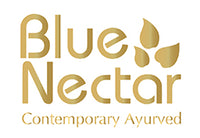


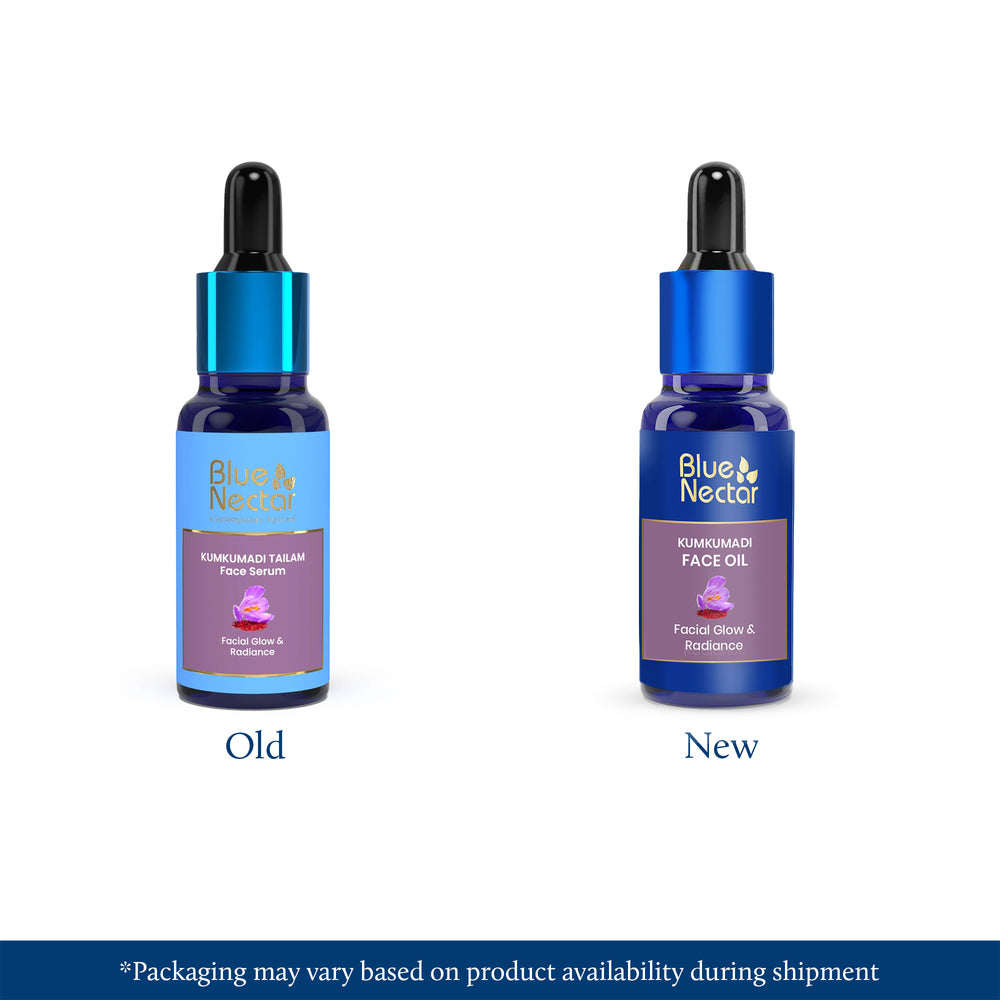
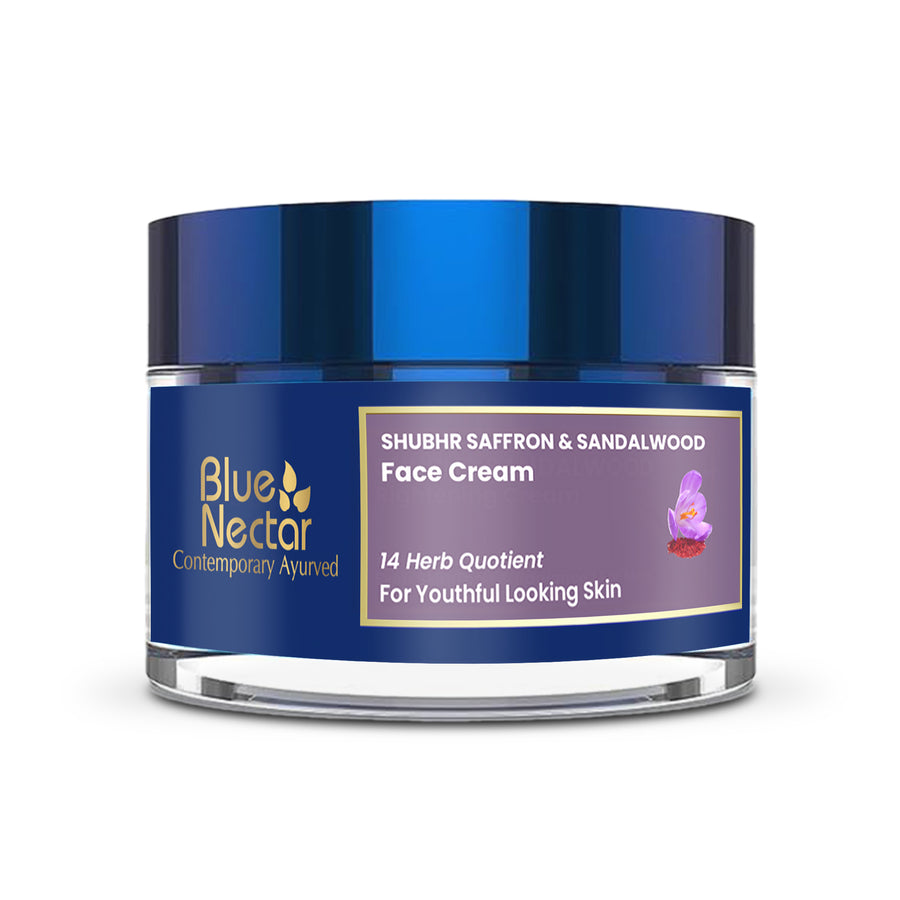

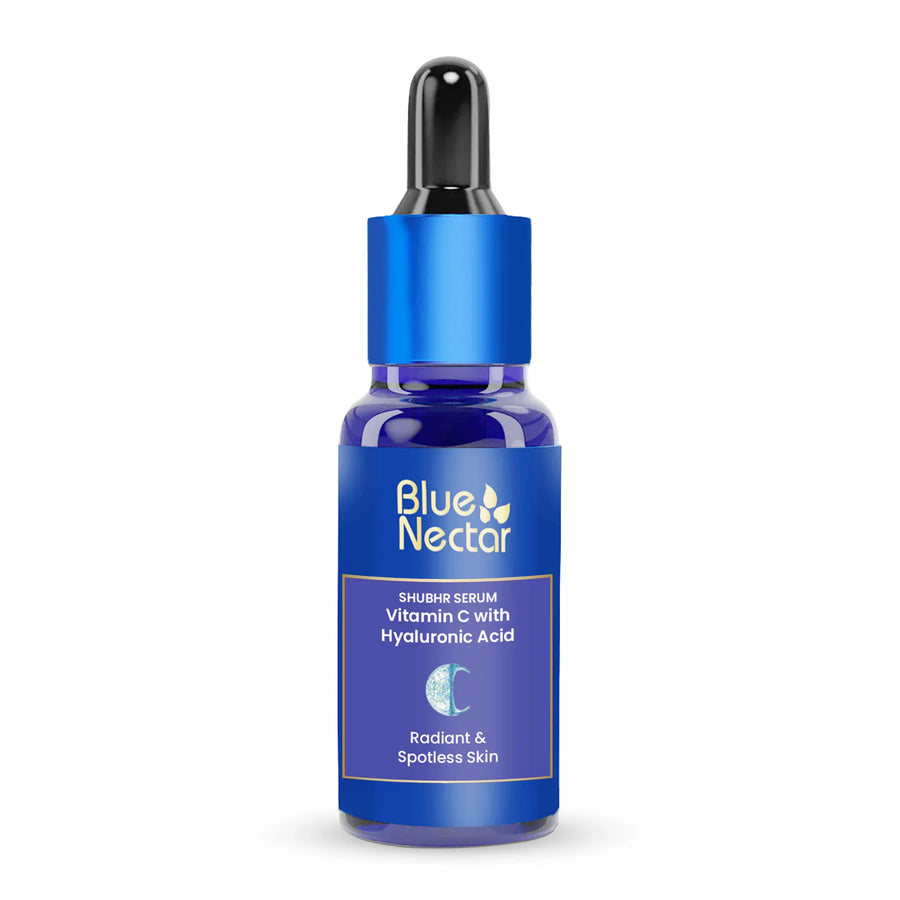


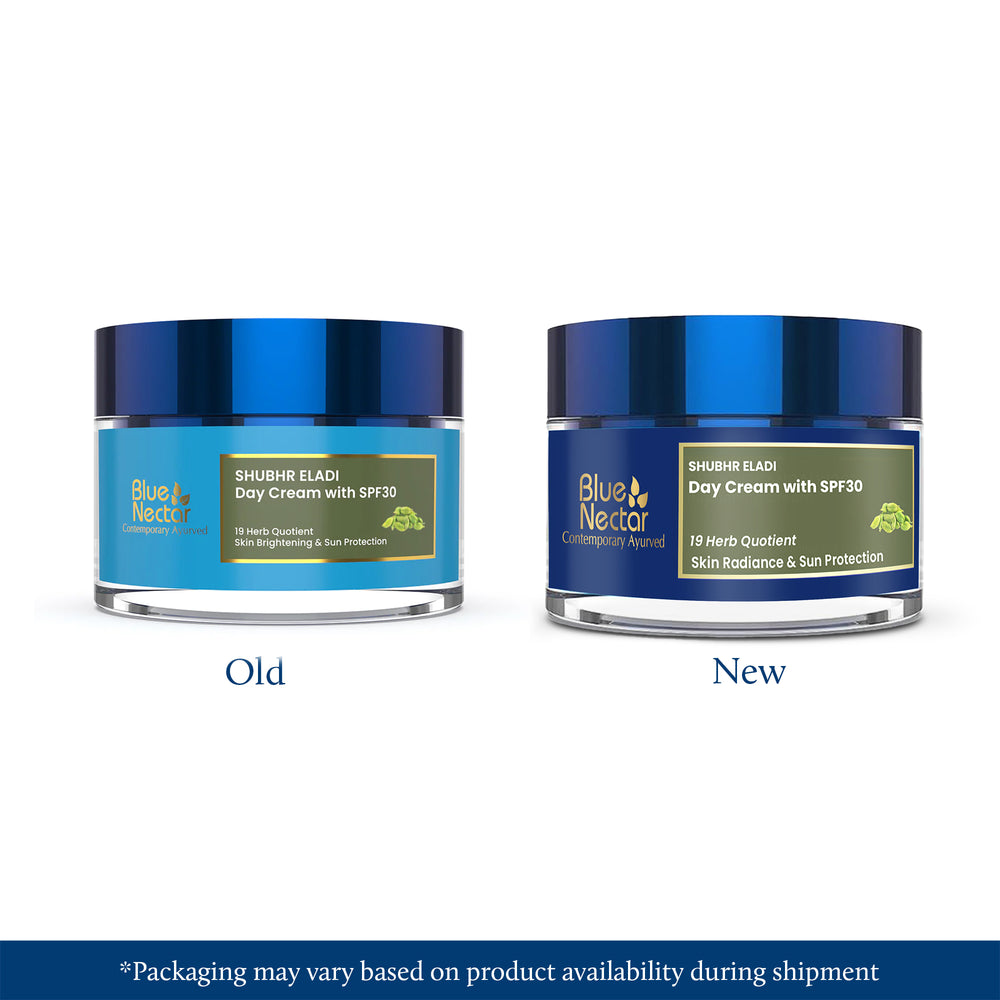
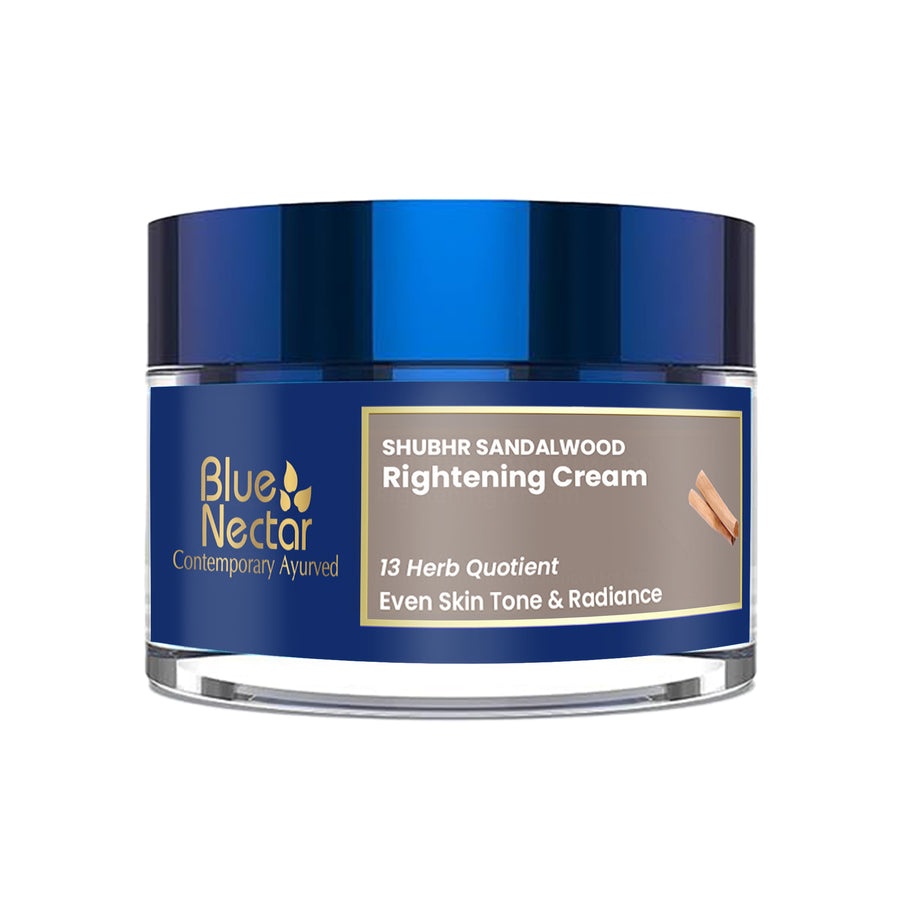
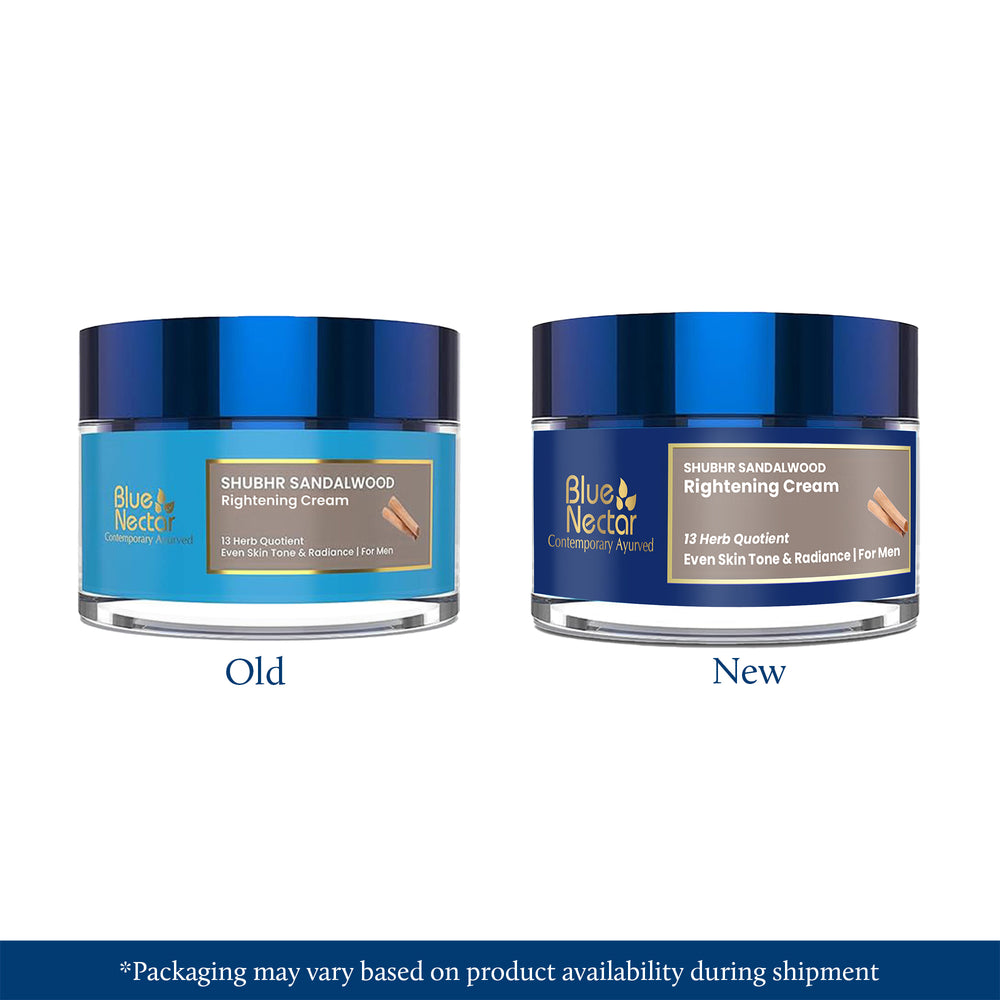




Leave a comment